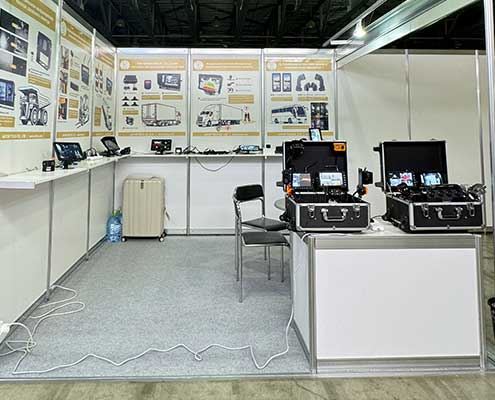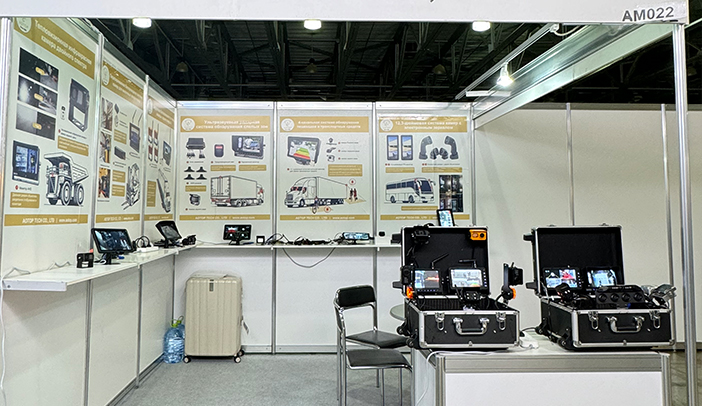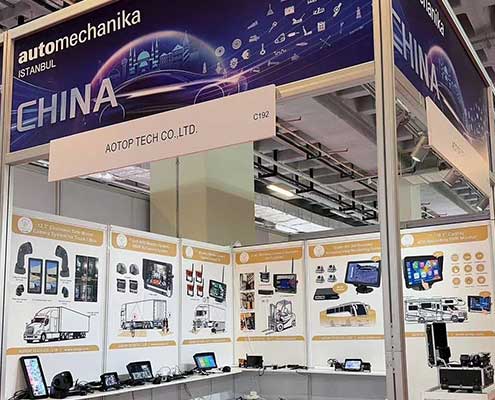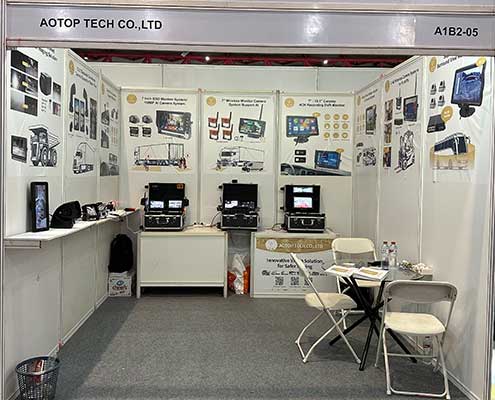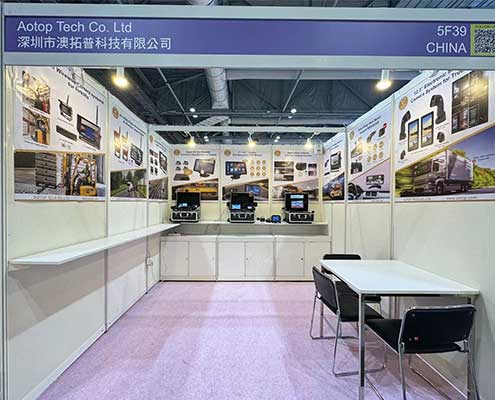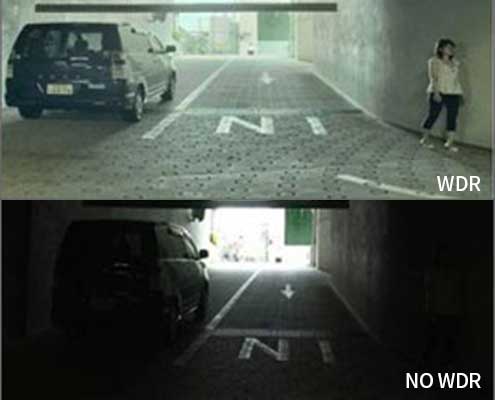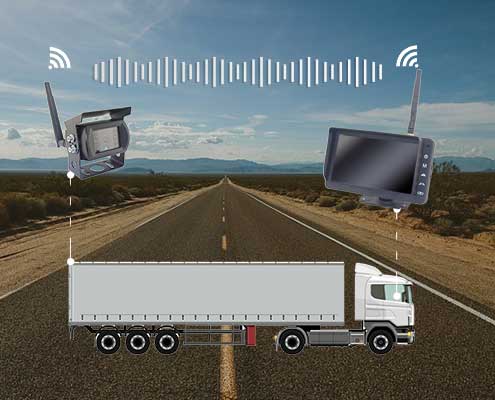Aotop INTERAUTO 2024
Venue: Crocus International Exhibition Centre, Moscow
Time: August 20 – 23, 2024
Booth Number:AM022
AOTOP will participate in INTERAUTO 2024, which will be held from 20 to 23 August at the Crocus International Exhibition and Convention Centre in Moscow, Russia. As an important platform that brings together global automotive components and automotive technology solutions, INTERAUTO attracts exhibitors and visitors from all over the world, providing automotive industry professionals with an opportunity to explore in-depth the latest technologies and innovative products, and fostering extensive exchanges and co-operation within the industry.
As a leading supplier and manufacturer dedicated to advancing automotive road safety, AOTOP will be showcasing a range of state-of-the-art in-vehicle electronics products and solutions at the show. These products include Artificial Intelligence AI Camera System, Dual Spectrum Infrared Thermal Imaging Camera, CarPlay Monitor, BSD Monitor, 360° AVM around view monitor System, 12.3-inch Electronic Mirror System, as well as Wireless Camera System. Our products are designed to address current challenges in automotive safety, enhance the driving experience, and safeguard drivers and passengers.
AOTOP has always been at the forefront of meeting the challenges of vehicle safety and driving efficiency. We cordially invite exhibitors and visitors from all over the world to visit our booth (Booth No. AM022) to discuss with us how to enhance the safety of automotive driving through advanced technologies and seek more opportunities for cooperation. During this 4-day exhibition, AOTOP team will share with you our latest research results and success stories to help your business achieve greater breakthroughs.
Don’t miss this opportunity to meet the AOTOP team face-to-face! For more information, please contact sales@aotop.com.
We look forward to seeing you in Moscow!

